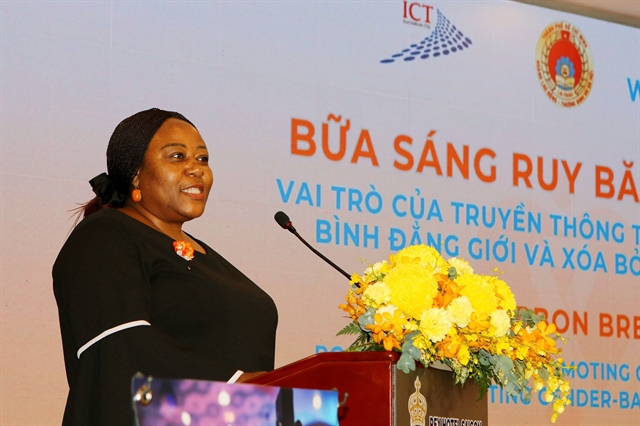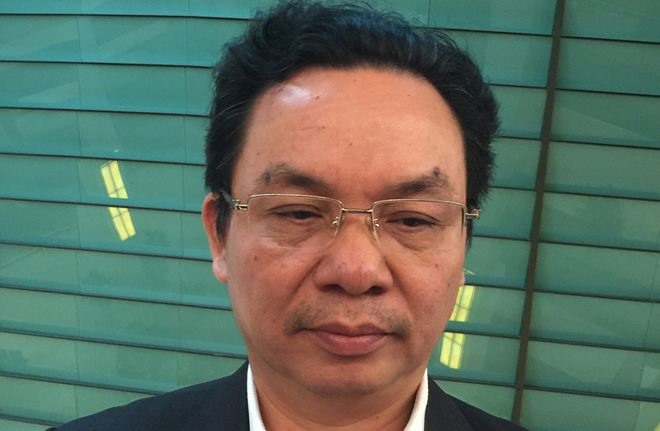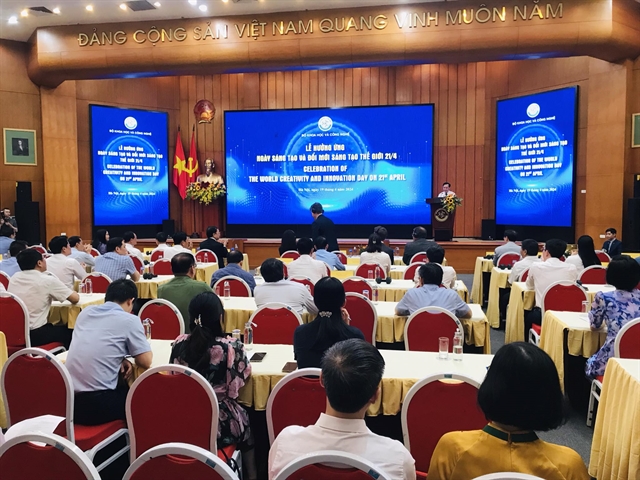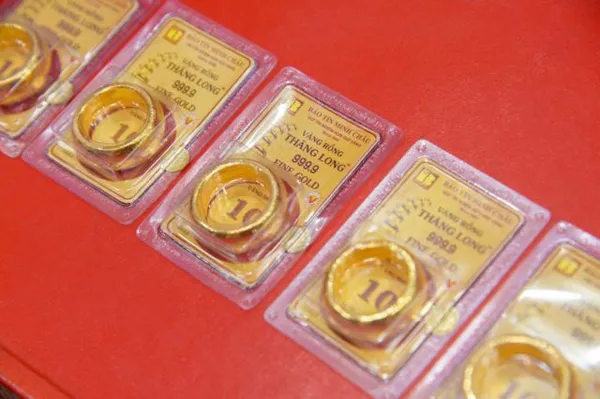 Opinion
Opinion

Dr. Hoàng Văn Cường, a member of the National Assembly Committee on Economic Affairs, talks to the Investment Review newspaper on his Committee’s resolve to tighten the management of public debt
 |
| Hoàng Văn Cường. — Photo tinnhanhchungkhoan.vn |
Dr. Hoàng Văn Cường, a member of the National Assembly Committee on Economic Affairs, talks to the Investment Review newspaper on his Committee’s resolve to tighten the management of public debt
In comparison with the targets for public debt passed by the National Assembly, public debt in our country has been well under control. Do you agree with that argument?
Việt Nam’s strategy on public debt and foreign debt in the period from 2011-20 is to cap such debt at 65 per cent of the GDP.
In that strategy, the Government has also set out a clear guideline that the Government’s responsibility to pay back the debt directly, not including re-loans, should be capped at 25 per cent of the annual total State budget and the obligation to pay back the foreign debt should be less than 25 per cent of the value of export goods and services.
In the first six months of 2018, according to the Ministry of Finance, the total debt Việt Nam had already paid was VNĐ102,594 billion (US$4.4 billion), of which VNĐ21,583 billion ($924 million) was for foreign debt. Meanwhile, in the same period under the review, the total State budget collected was VNĐ651,700 billion ($27.9 billion) and the export turnover was $114 billion. These figures have indicated that Việt Nam has achieved quite a success in its management of public debt compared to the previous years.
However, in the first half of 2018, just about 40 per cent of the Government’s plan to pay back its debt was achieved. This means that in the second half of 2018 we have to use more money from the State budget to pay back the debt. According to the international norm, for a developing economy like Việt Nam, when the public debt runs over 25 per cent of the country’s total budget collection, the country may go bankrupt, if it cannot restructure its public debt list.
But in reality, the figures on the public debt payment mainly come from the interest payments while original debt remains the same, as it has been “re-arranged”, hasn’t it?
We have to admit that the State budget has faced quite a lot of difficulties and challenges due to frequent over-spending. As the Government has to borrow the money to pay back the debt, but mainly to pay for the loan interest only, the original loan has to be restructured by borrowing a new sum to pay back the old sum. In 2013, for example, the State budget had to borrow VNĐ47,000 billion ($2 billion) to pay back loans of the previous year. Then by 2017 the total loan climbed to VNĐ144,000 billion ($6.1 billion).
It is reported that our annual State budget collection has faced quite a lot of difficulties, yet we have always stated that the annual budget collection has been on the rise. Under the 2016 State budget law, if the budget collection surpasses the year’s target, can the Government use the extra money to pay back the original debt?
Yes, our State budget collection is on the rise each year, but it only happens for the local budgets. Meanwhile the collection for the central budget is always lower than the set target. I should say that since 2013, almost every year, the Government has had to borrow money to pay back debts.
Many people have asked why the Government doesn’t use the money collected from the equitisation of State-owned enterprises to pay back the loans. We have used that money for mid-term public investment. In other words, it is used for development investment instead of borrowing money from foreign countries.
If we want to cut down on public debt, what measures should we adopt?
The first option is to tighten the Government’s policy to act as a guarantor for enterprises to borrow money to invest in their production. The ODA should be used to lend to enterprises in accordance with the Law on Public Debt Management which came into effect from July 1st, 2018.
In the past, public projects using the ODA funds didn’t have to pay back the debt. But now the project owners – the provincial authorities – have to use the local budget to pay back the ODA funds that they have borrowed. Of course, before disbursing the ODA to a local provincial government, the Ministry of Finance has to analyse carefully each project to see if the money will be used efficiently and be able to generate income to pay back the loans. — VNS









